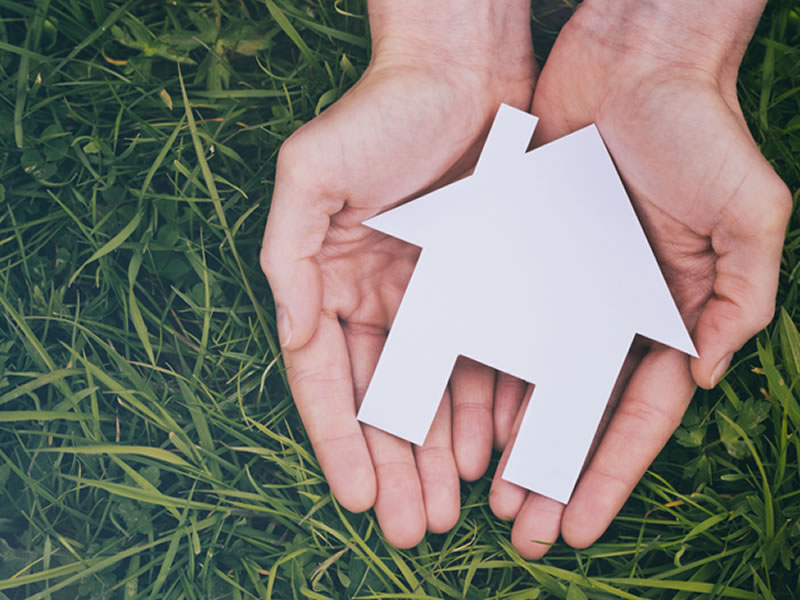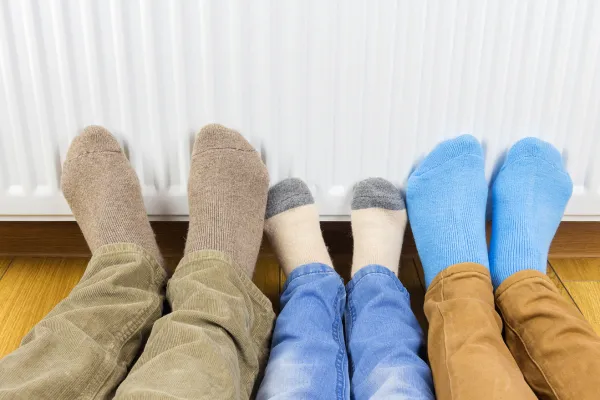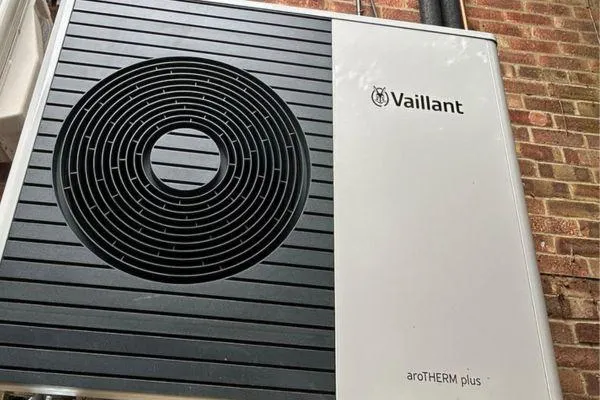Top Tips for Greener Living & Smarter Building
If you’re embarking on a self-build home project in 2025, it’s the perfect time to harness renewable energy to reduce your carbon footprint, cut long-term costs, and future-proof your property. Technologies like heat pumps and solar panels are more affordable and efficient than ever—and with generous government grants still available, there’s no better time to plan a truly sustainable home from the ground up.
1. Cut Long-Term Costs from Day One
Self-build homes are generally cheaper per square metre than buying from a developer, but controlling running costs over time is equally important. Installing renewable energy systems from the outset—like air source heat pumps (ASHPs), solar panels or battery storage—can significantly lower your energy bills for years to come.
-
Retrofitting older homes with renewables is often more expensive and technically challenging.
-
Self-builds offer complete freedom to plan integrated, high-performing green systems.
-
The government’s Boiler Upgrade Scheme (BUS) currently provides up to £7,500 towards the cost of low-carbon heating systems (extended to March 2026).
-
With energy prices remaining volatile, every kWh you generate yourself saves money and adds value.
2. Choose Proven Green Tech that Works Together
When designing your eco home, it’s easier to create a seamless renewable system from day one:
Air Source Heat Pumps (ASHPs)
Efficient, quiet and ideal for new builds, ASHPs extract heat from outside air to warm your home and hot water.
-
Compatible with solar PV, underfloor heating, and smart thermostats.
-
Can also be used for cooling in summer or heating a swimming pool.
-
Typically delivers over 300% efficiency, meaning you get three times the heat for every unit of electricity used.
Ground Source Heat Pumps (GSHPs)
These systems pull stored heat from underground for consistent, low-cost warmth.
-
Best suited to plots with enough garden space for horizontal loops or capacity for vertical boreholes.
-
GSHPs qualify for the same £7,500 BUS grant, but require significant groundwork investment.
Solar PV + Battery Storage
Generate your own electricity all year round—even on cloudy days—with rooftop panels.
-
Store excess energy with battery systems, use it overnight or during power cuts.
-
Sell surplus back to the grid under the Smart Export Guarantee (SEG).
-
Estimated payback time is under 10 years, with savings continuing for decades.
Solar Thermal
Less common but still viable, solar thermal panels heat water using the sun’s energy.
-
A great addition for eco builds looking to reduce boiler reliance further.
3. Increase the Value of Your Home
An energy-efficient home is more than a smart choice—it’s a profitable one.
-
Homes with integrated renewables and high EPC ratings are more attractive to future buyers.
-
A completed eco-home removes the need for buyers to “upgrade” later.
-
With regulations tightening, fossil-fuelled homes may eventually lose value or require expensive retrofits.
4. Build for the Planet—and the Future
The Climate Change Committee reports that over 40% of UK emissions come from households. By building an eco home, you are taking meaningful action:
-
Air source and ground source heat pumps emit far less CO₂ than gas or oil boilers.
-
Solar and wind power are clean, infinite sources of energy.
-
Eco homes reduce your reliance on fossil fuels and help protect local air quality.
The UK government’s Future Homes Standard, due in 2025, will ban traditional gas boilers in new builds—meaning renewable heating is no longer optional, it’s essential.
5. Futureproof Your Lifestyle and Lower Your Bills
By investing in smart energy systems today, you’re protecting yourself against tomorrow’s uncertainty:
-
Energy independence means fewer blackouts and freedom from price hikes.
-
MVHR systems (Mechanical Ventilation with Heat Recovery) keep homes warm with minimal heating needs.
-
Triple glazing, airtight design, and bio-based insulation make new homes almost self-heating.
-
Use of eco bricks, hempcrete, and reclaimed materials supports circular construction and lowers your build’s embodied carbon.
Extra Considerations for Your Eco Self-Build
If you’re going all-in on sustainability, your project should consider:
-
Passive solar design – orient your home to maximise free natural heating.
-
Eco-friendly materials – choose low-VOC paints, FSC-certified timber, and natural flooring finishes.
-
Energy-efficient lighting and appliances – look for A+++ ratings and LED-only lighting.
-
Green finance – building societies like Ecology Building Society offer preferential mortgage rates for low-carbon homes.
The Road Ahead: Carbon Neutral Is Coming
From 2025, new homes must be built to the Future Homes Standard, and fossil fuel heating will no longer be allowed. The shift to renewables is not just encouraged—it’s becoming law.
The 2020 Environmental Act already requires all developments to deliver at least a 10% biodiversity net gain, and we’re on a clear trajectory towards Net Zero by 2050.
Final Thoughts: Don’t Miss the Moment
With the BUS grant extended to March 2026, you have a window of opportunity to make serious savings. But with demand for qualified installers at an all-time high and funding finite, planning early is key.
Start Your Eco Journey with Confidence
At Neater Heat, we help self-builders across Surrey, Hampshire and beyond to future-proof their homes with expert renewable heating installations. Whether you’re at the planning stage or ready to break ground, we’ll help you navigate the options, apply for grants, and design a system tailored to your home.
Let’s build better, together—towards a Net Zero future.




